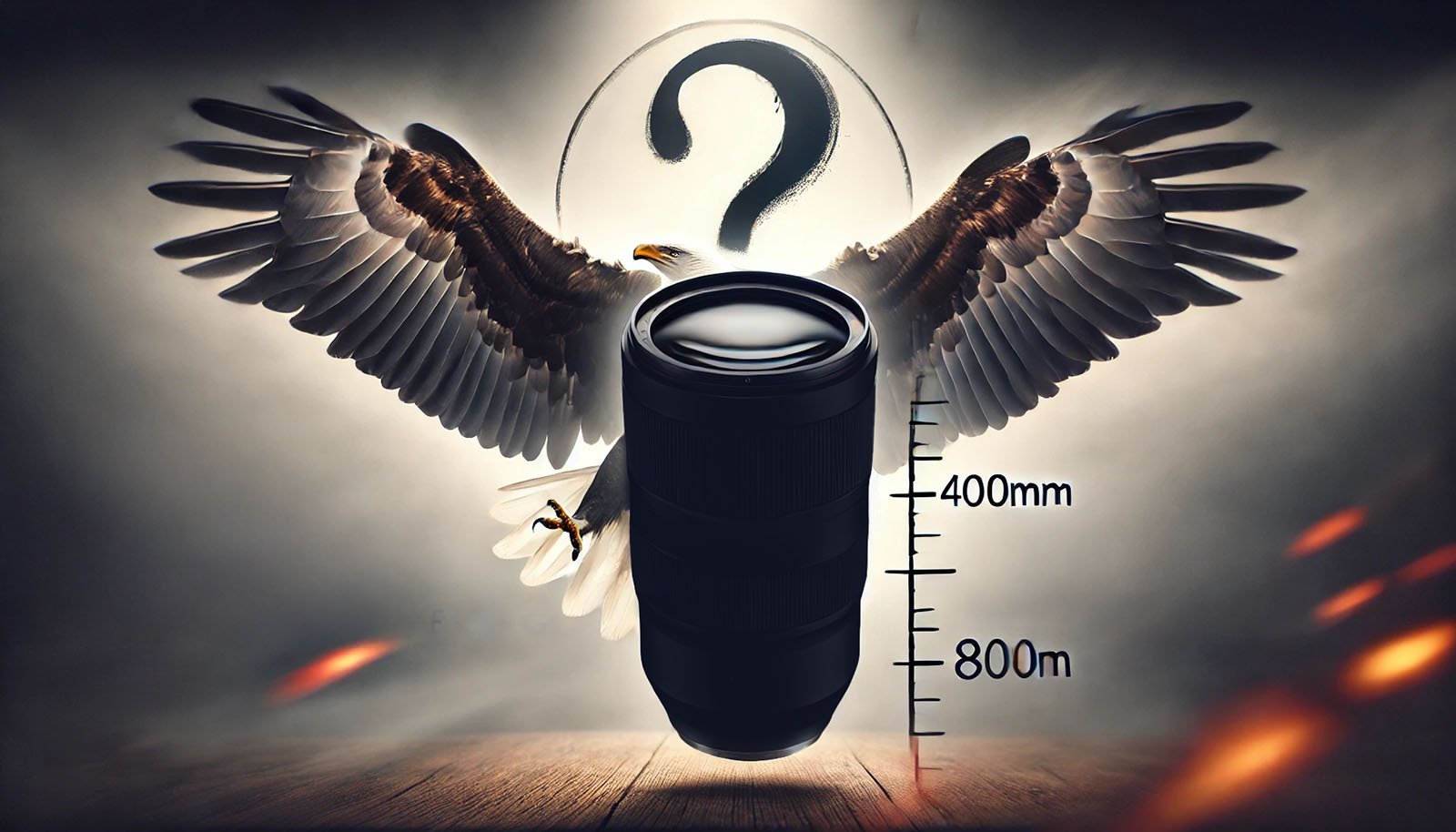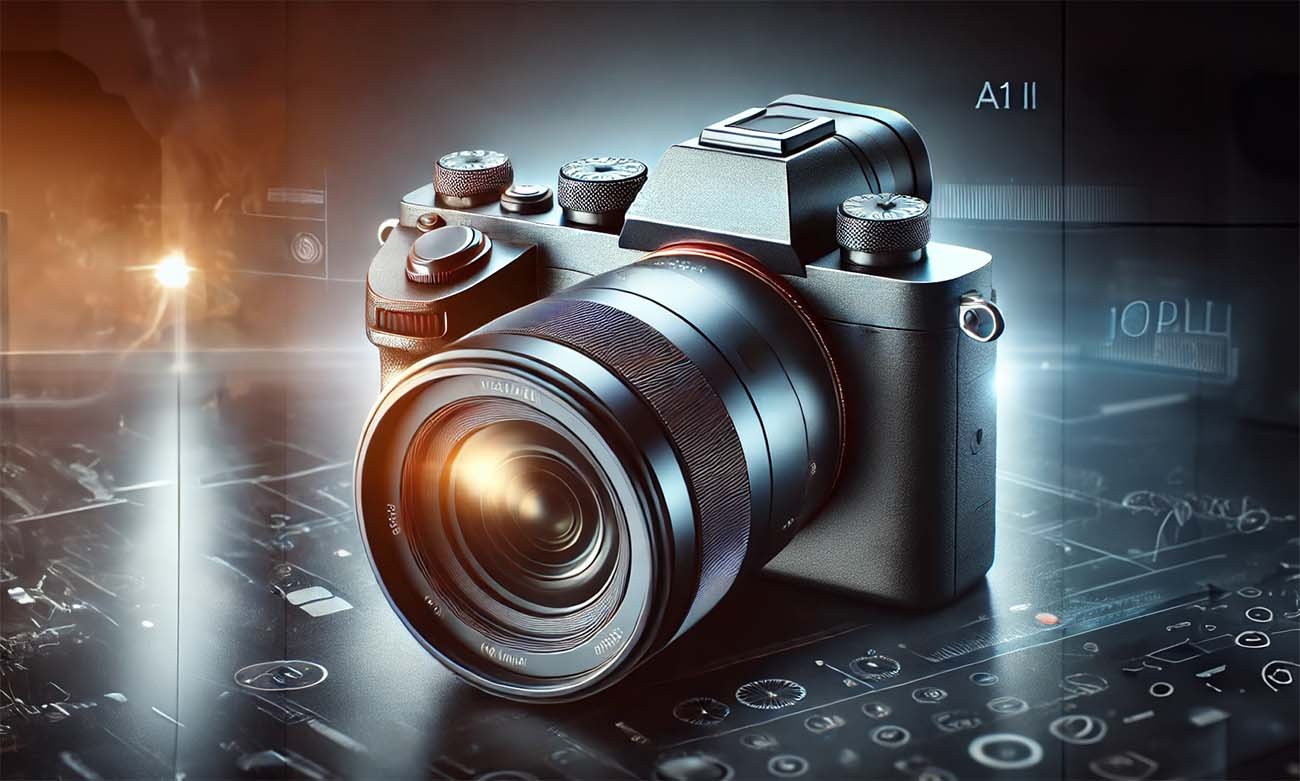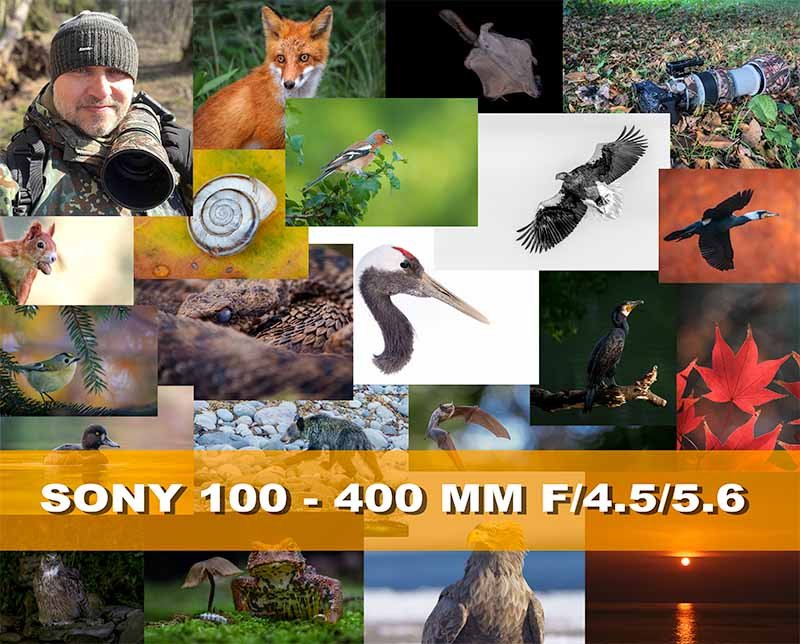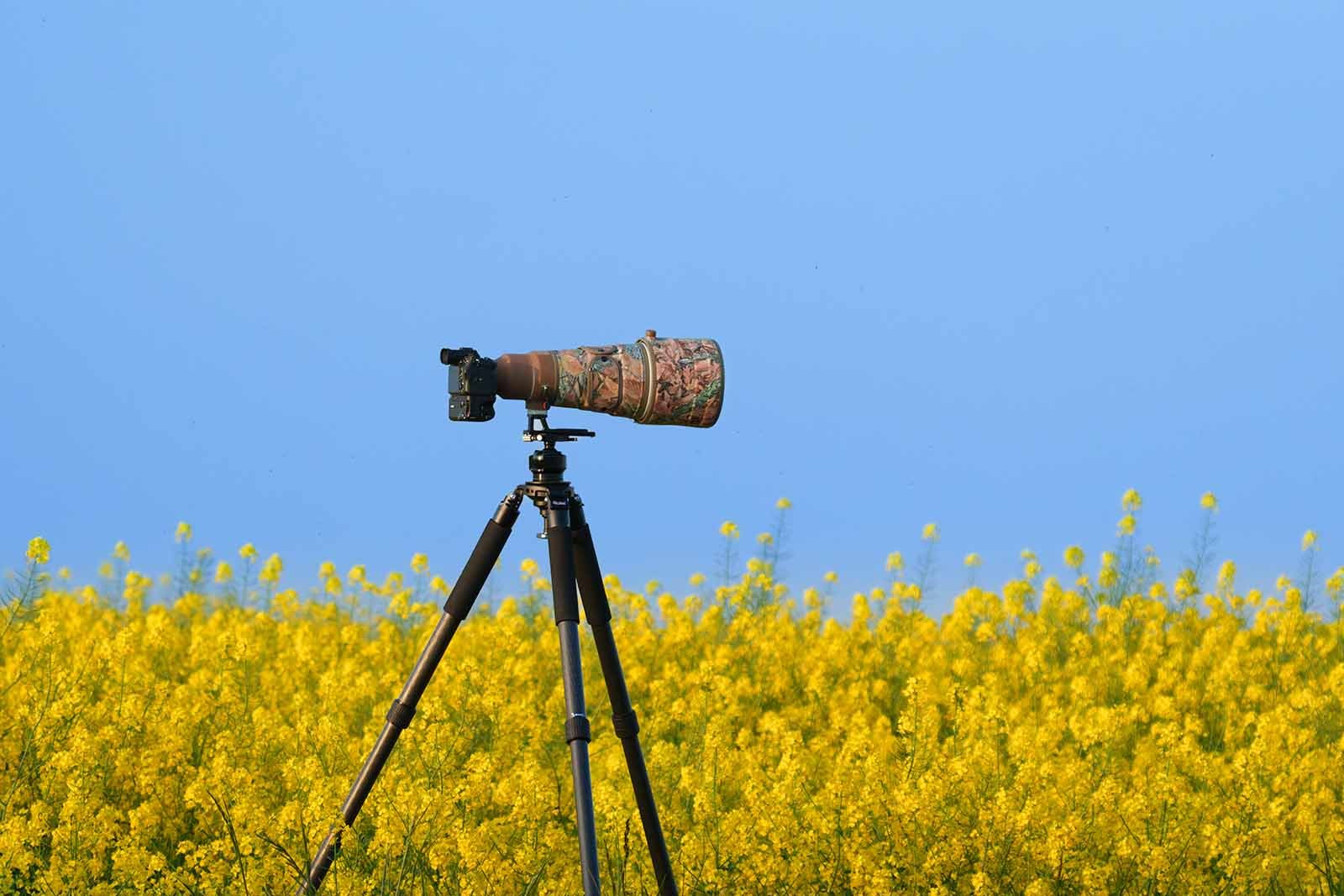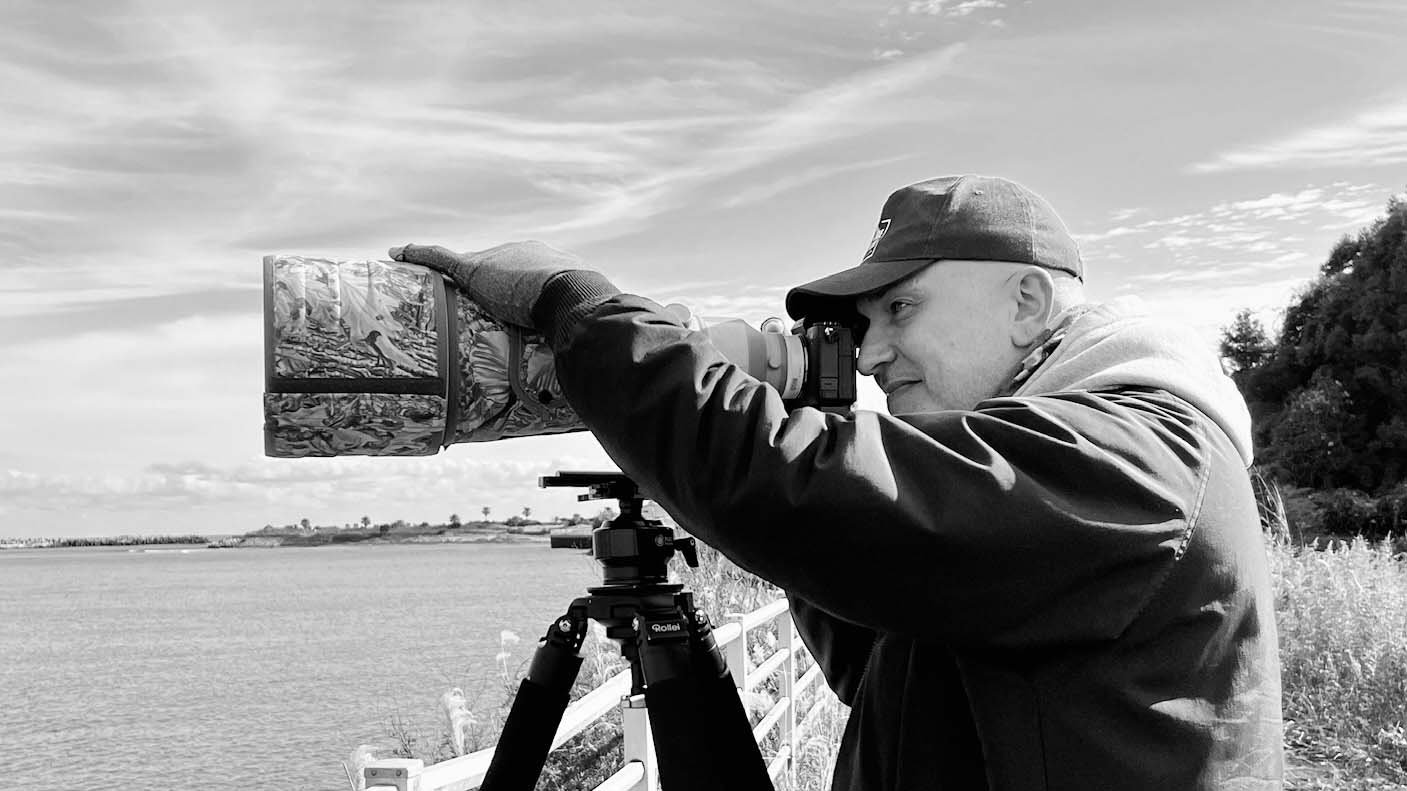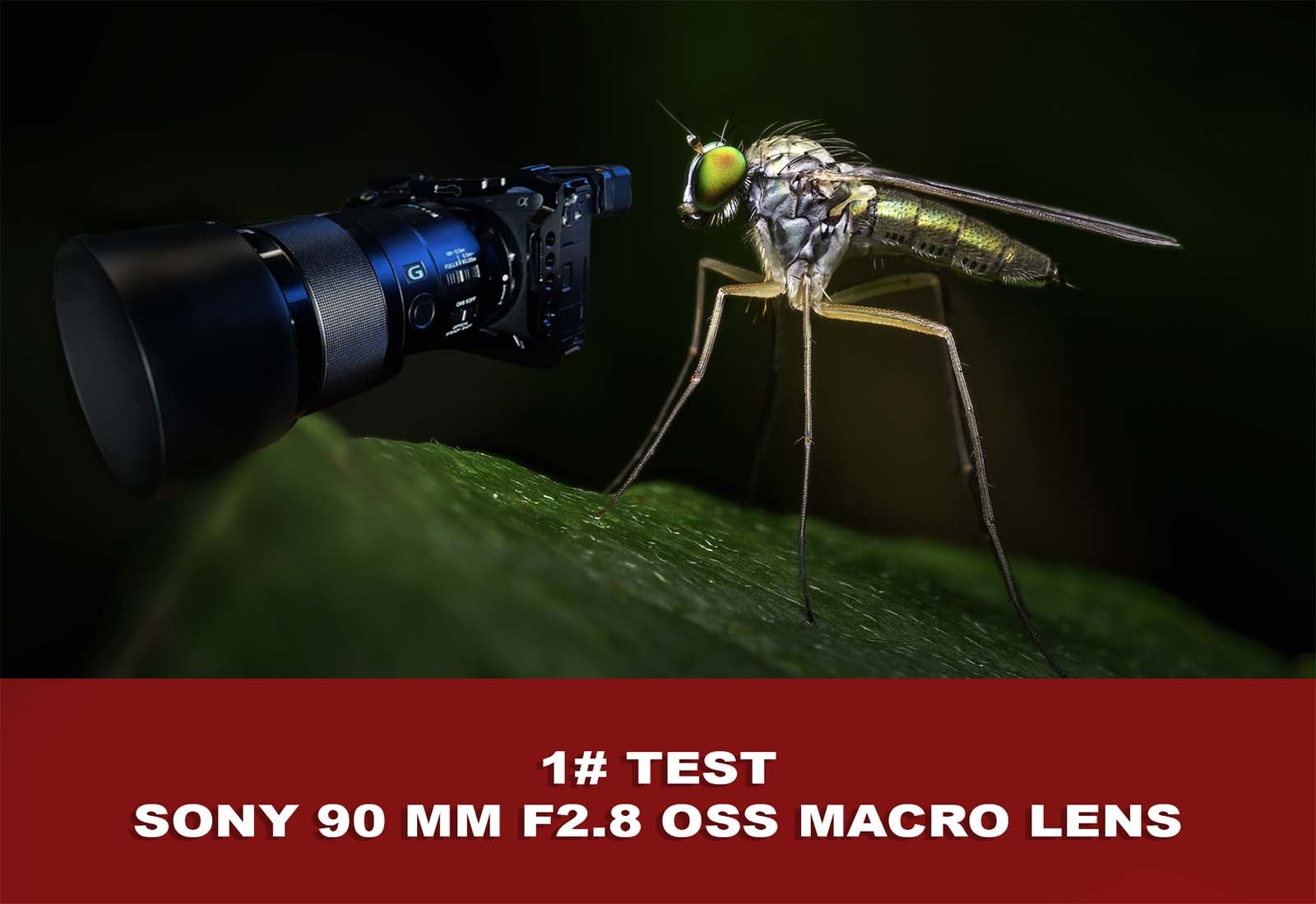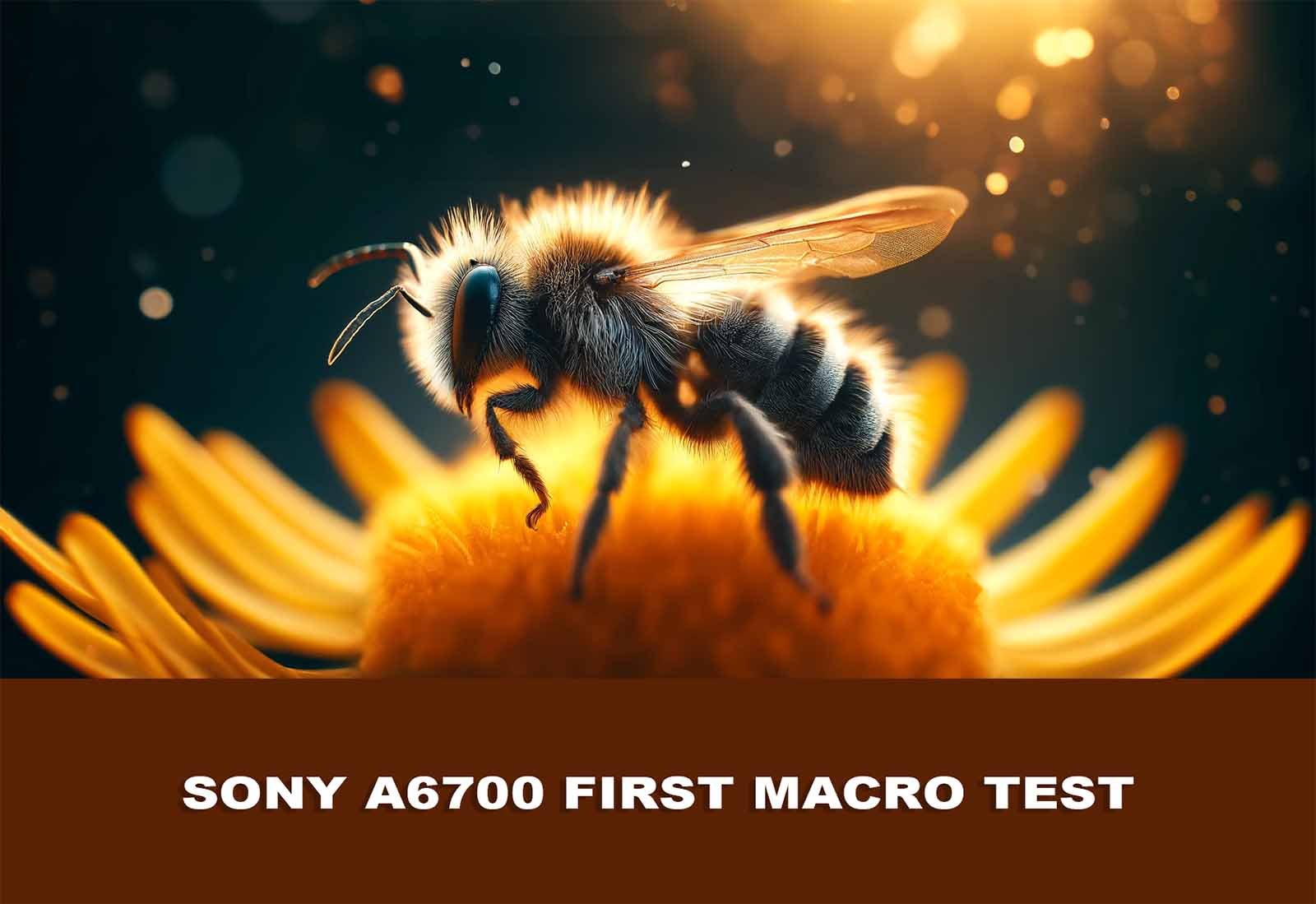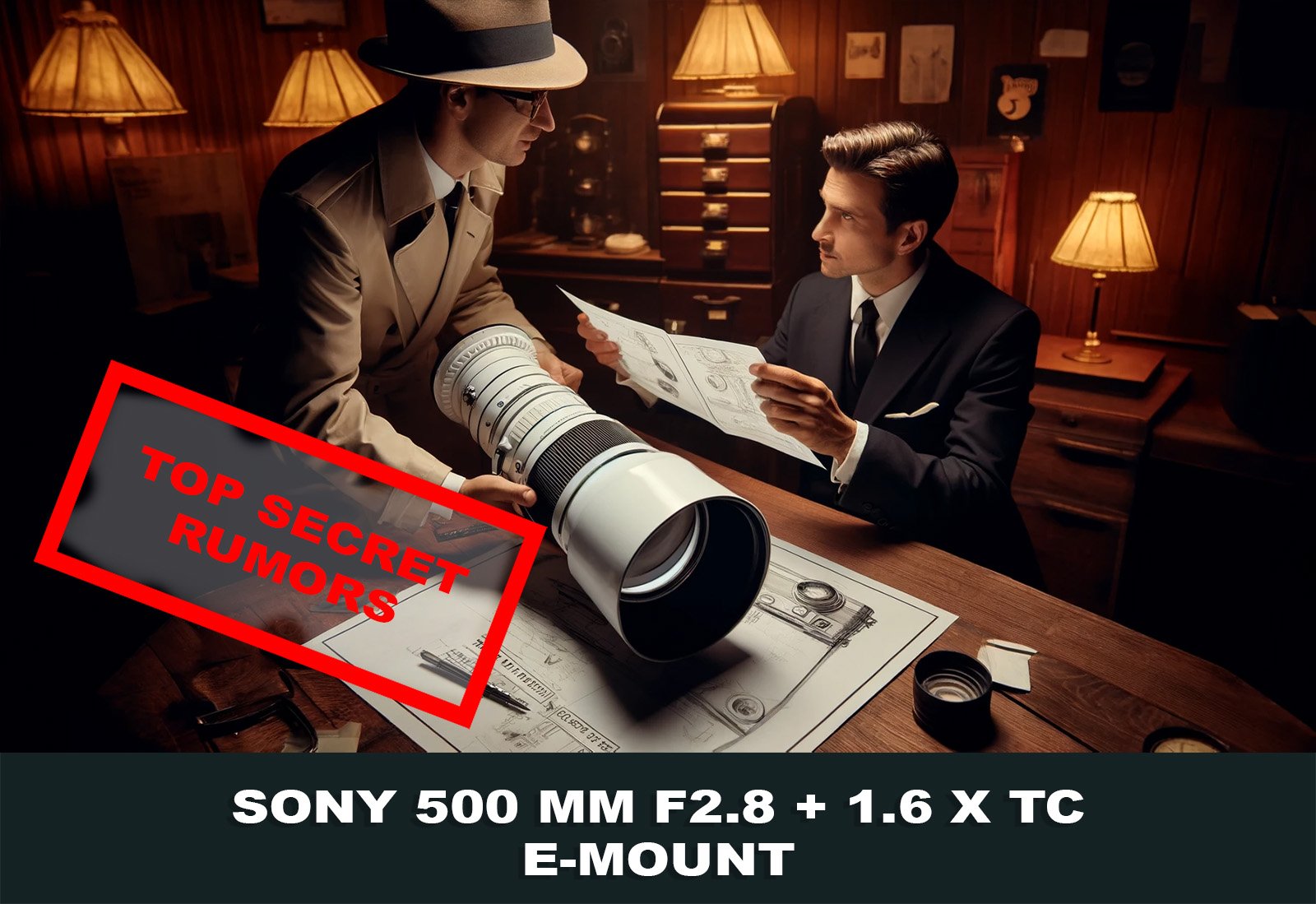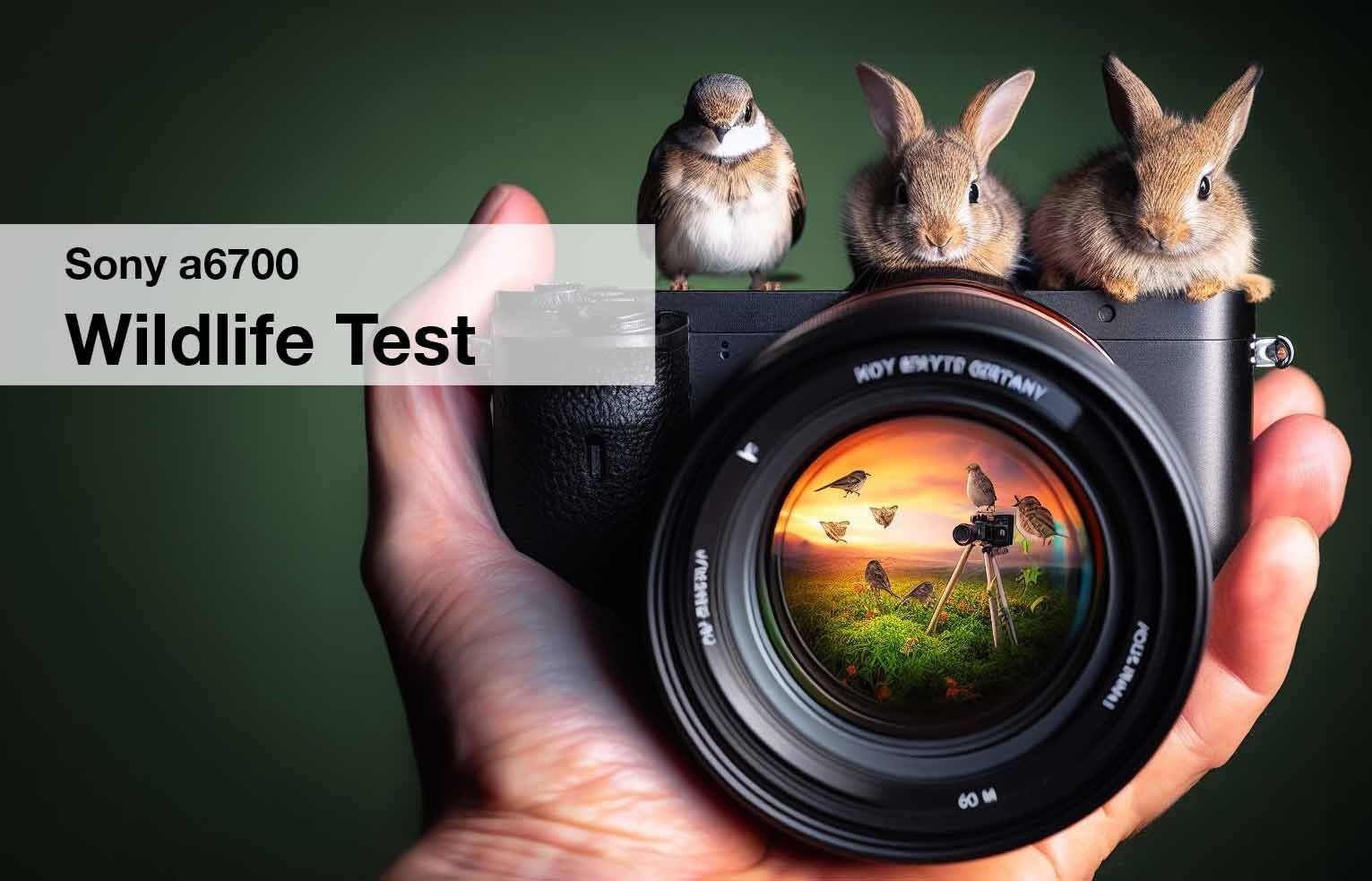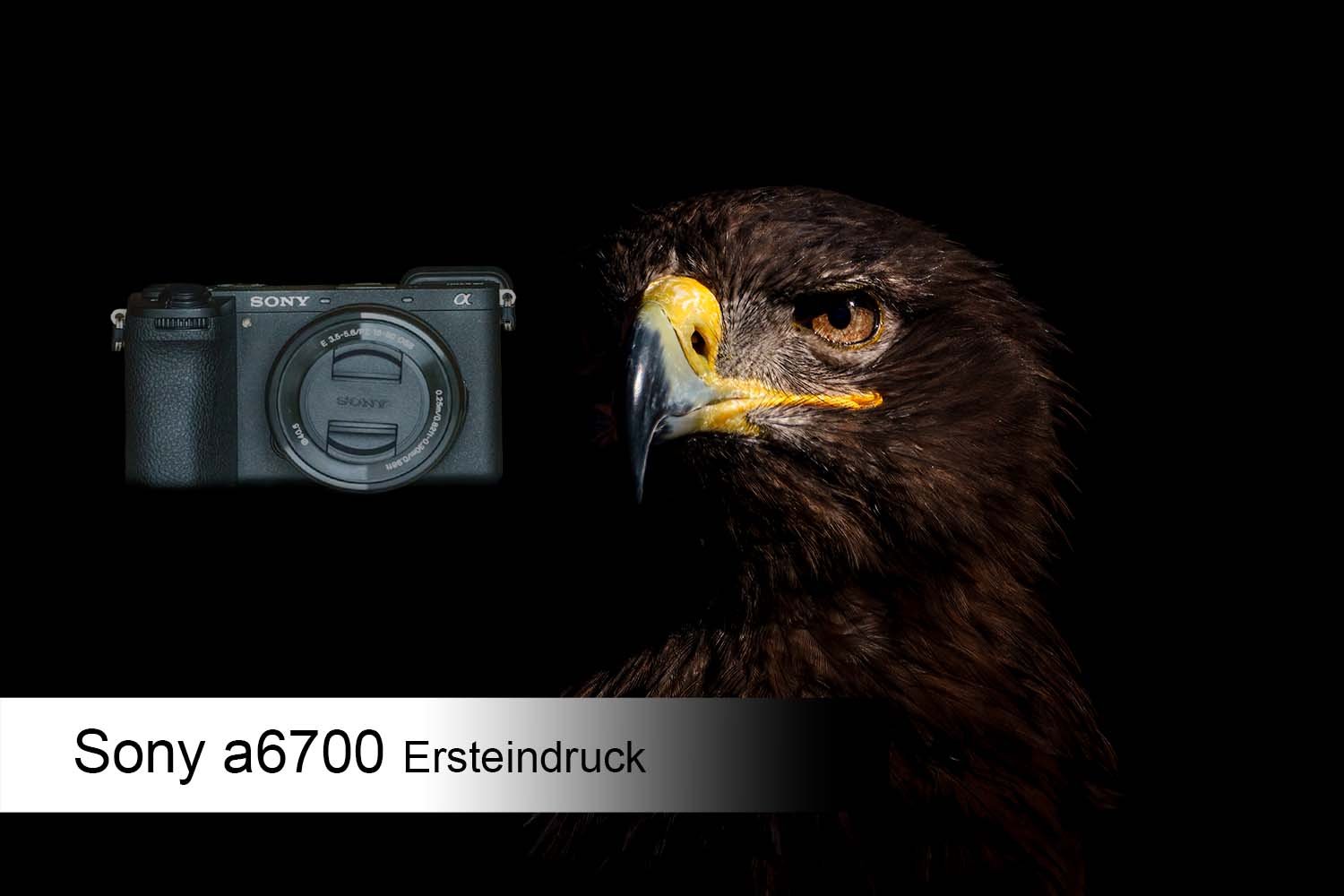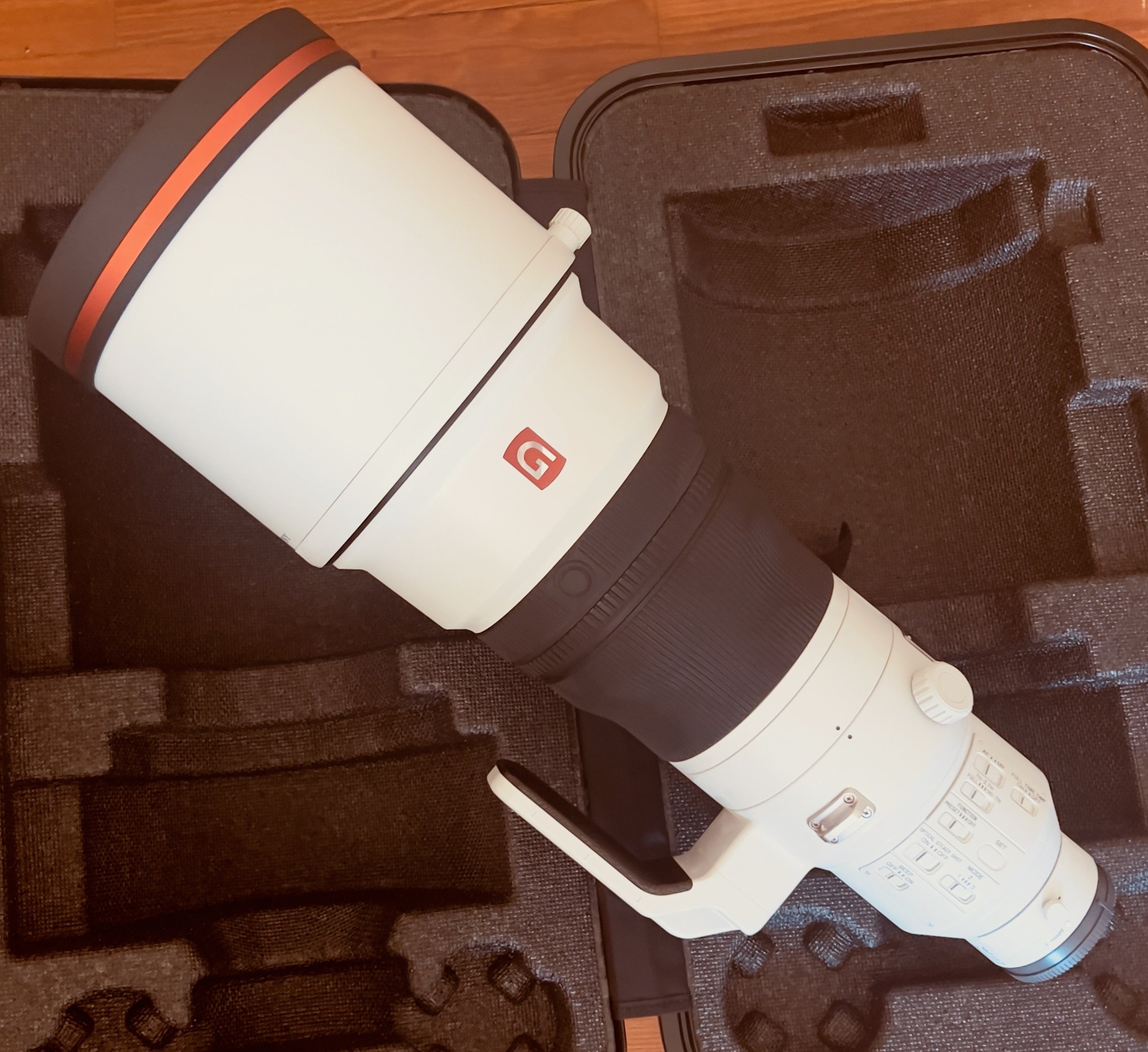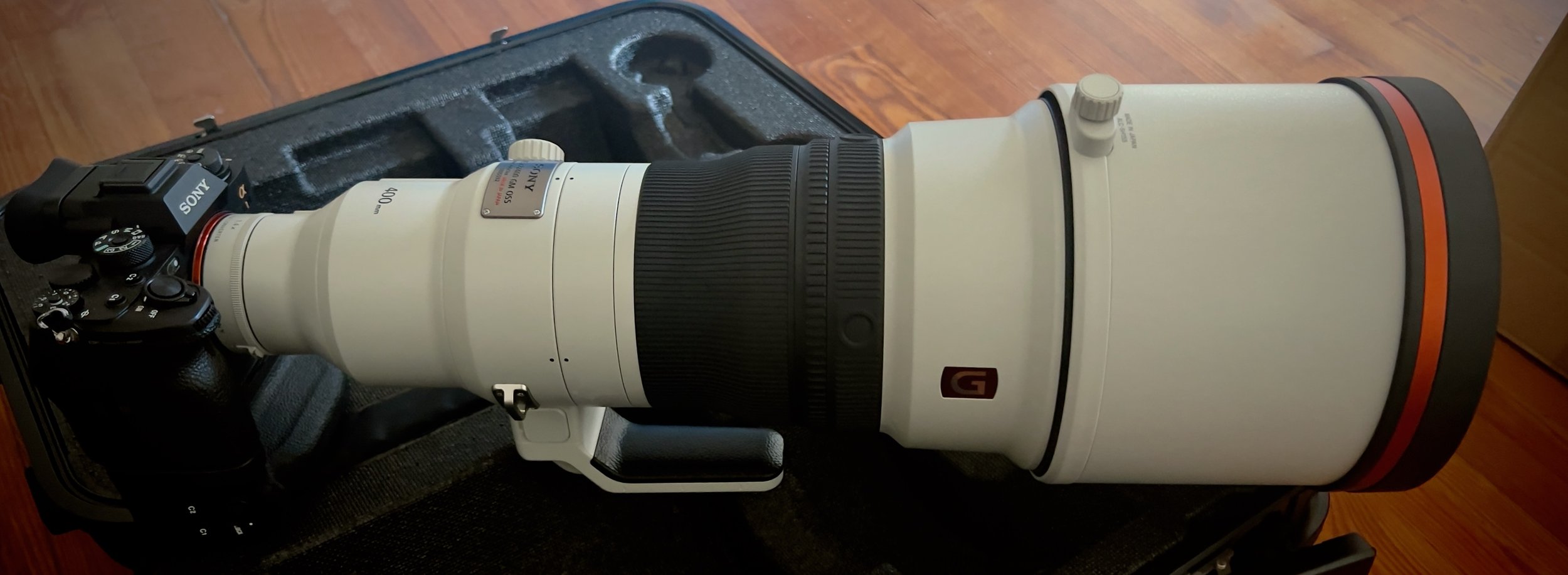Camera ISO – The Balance Between Light and Noise
Key Facts: What You Should Know About ISO
- Definition: ISO controls the light amplification of the camera’s sensor.
- Function: Higher ISO values amplify the light signal, resulting in brighter images but potentially more image noise. Lower ISO values reduce noise but allow less light to pass through.
- Adjustment: ISO can be set based on lighting conditions and desired image quality.
- Importance: Essential for proper exposure and photo quality under various lighting conditions.
Table of Contents
- Introduction: Why Is ISO Important?
- How Does ISO Work in Photography?
- High vs. Low ISO: Advantages and Disadvantages
- How to Choose the Right ISO Setting
- FAQ: Frequently Asked Questions About ISO
- Shortlist – Key Features:
Introduction: Why Is ISO Important?
ISO is one of the three fundamental settings in photography, along with aperture and shutter speed. It plays a key role in exposing your photos correctly. ISO is particularly important in low-light situations, where it can mean the difference between a great shot and an unusable one.
With ISO, you control how bright or dark your photo appears. However, be careful: the wrong ISO setting can cause image noise, reducing details and overall quality.
How Does ISO Work in Photography?
ISO refers to the amplification of the light signal from the camera sensor. A higher ISO value amplifies the incoming light, while a lower ISO value minimally affects the light. Contrary to common belief, sensors do not have varying sensitivities; instead, the light signal is amplified.
ISO is especially useful when working in low-light conditions where adjusting shutter speed or aperture is not an option.
High vs. Low ISO: Advantages and Disadvantages
1. High ISO Values
Paradise flycatcher on a branch in a shaded forest, with visible image noise caused by high ISO settings
- Advantages:
- Allows for photography in low-light conditions without extending shutter speed.
- Ideal for capturing moving subjects in dark environments, such as concerts or night photography.
- Disadvantages:
- Increased image noise, which can reduce fine details.
- Decreased image quality at very high ISO levels.
2. Low ISO Values
Kingfisher on a branch against a green background, captured with a low ISO setting for sharp details and vivid colors
- Advantages:
- Reduces image noise, ensuring sharp and clear photos.
- Provides the best image quality in well-lit conditions.
- Disadvantages:
- Less effective in low-light situations, often requiring longer shutter speeds.
How to Choose the Right ISO Setting
1. Keep an Eye on Image Noise
- Increase ISO only as much as needed for the lighting conditions.
- Use modern cameras with effective noise reduction features.
2. Use Manual or Auto-ISO Modes
- Manual Mode: Gives you full control, perfect for experienced photographers.
- Auto-ISO: The camera automatically adjusts ISO based on lighting conditions.
3. Practice and Experiment
- Test different ISO settings to see how they affect your photos.
FAQ: Frequently Asked Questions About ISO
1. What is ISO in photography?
ISO is the setting that controls the light amplification of the camera’s sensor. A higher ISO value does not make the sensor more sensitive to light but amplifies the signal.
2. When should I increase ISO?
Increase ISO when photographing in low light and you cannot adjust the shutter speed or aperture further.
3. What is image noise, and how can I avoid it?
Image noise refers to unwanted grain in a photo that appears at high ISO values. To avoid it, use the lowest ISO possible for your lighting conditions.
4. Does ISO affect image quality?
Yes, higher ISO values can reduce image quality due to noise and a lower dynamic range, while lower ISO values produce sharper and clearer photos.
Shortlist – Key Features:
- Brightness: ISO controls how bright or dark an image will be.
- Details: Lower ISO values ensure sharper details.
- Noise: Higher ISO values can introduce visible image noise.
- Colors: Minimal noise preserves the natural look of colors.
- Flexibility: Adjustable to fit any lighting condition for the best results.





